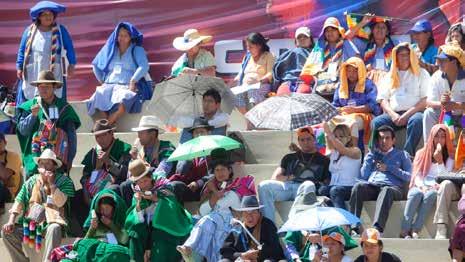Ciara Garcha, History at Hertford College
Britain and India: a difficult past and an uncertain future 24
India was once the ‘crowning jewel’ of Britain’s sprawling empire. Though it stretched across one quarter of the world’s surface at its peak, the colonial mind always came back to India. For centuries, generations of Europeans were lured to India by its perceived exoticism and the prospect of wealth. After an initial landing in 1608, waves of British merchants worked and resided in India from the 17th and 18th centuries onwards, many mimicking the lifestyle of wealthy Mughals, often also forming interracial relationships and families with the locals.
Yet by the nineteenth century, the line between the British rulers and their Indian subjects was increasingly defined. Merchants had been replaced by civil servants with the 1858 Government of India Act, which brought the rule of the empire’s ‘jewel’ directly into the hands of the British government after the Great Mutiny of 1857. The period of formal British rule that started with the brutal repression of this rebellion would finally come to an end a century later with the devastating Partition of India into India and Pakistan. After over three centuries of British interference and subordination India became independent, ushering in a period of decolonisation. Over 70 years on, the relationship between Britain and India has evolved dramatically. Britain, who once sent merchants, civil servants and socialites to India’s shores has now absorbed generations of post-war Indian immigration, becoming the home of one of the largest populations of diaspora Indians which stands at nearly 2 million. India, meanwhile, hosts a population of over 1.3 billion - one largest in the world. As the complexions of the UK and India have been transformed, the dynamic between the two nations has altered considerably. New tensions and complications have arisen between the UK and one of its oldest international connections.
Today Britain and India are bound together by membership of the somewhat controversial Commonwealth. Though today the Commonwealth describes itself [1] as based on “free and equal cooperation” its inception and development is rooted in empire. In a largely decolonised world, the Commonwealth seems to be something of a colonial hangover. Indian writer Amitava Ghosh describes it as “a group of nations collected from the remains of the British Empire” [2], but, in reality, the Commonwealth’s history stretches back further to when India and most of Britain’s colonies were still under direct rule. A conference held in 1926 - attended mostly by white settler colonies like New Zealand and Australia - agreed that all dominions of the British Empire were and should be treated as equal members of a community within the colonial framework.
The Commonwealth thus was not borne from the remains of the empire, but as a symbiotic institution within it; it claimed to recognise the equality of all British dominions and territories, whilst still consigning them to be British dominions and territories. The Earl Birkenhead and The Earl of Winterton, the Secretary and Under Secretary of State from the British government’s so-called ‘Indian Office’ represented India, perfectly illustrating the colonial trappings at the heart of the early Commonwealth. India joined













